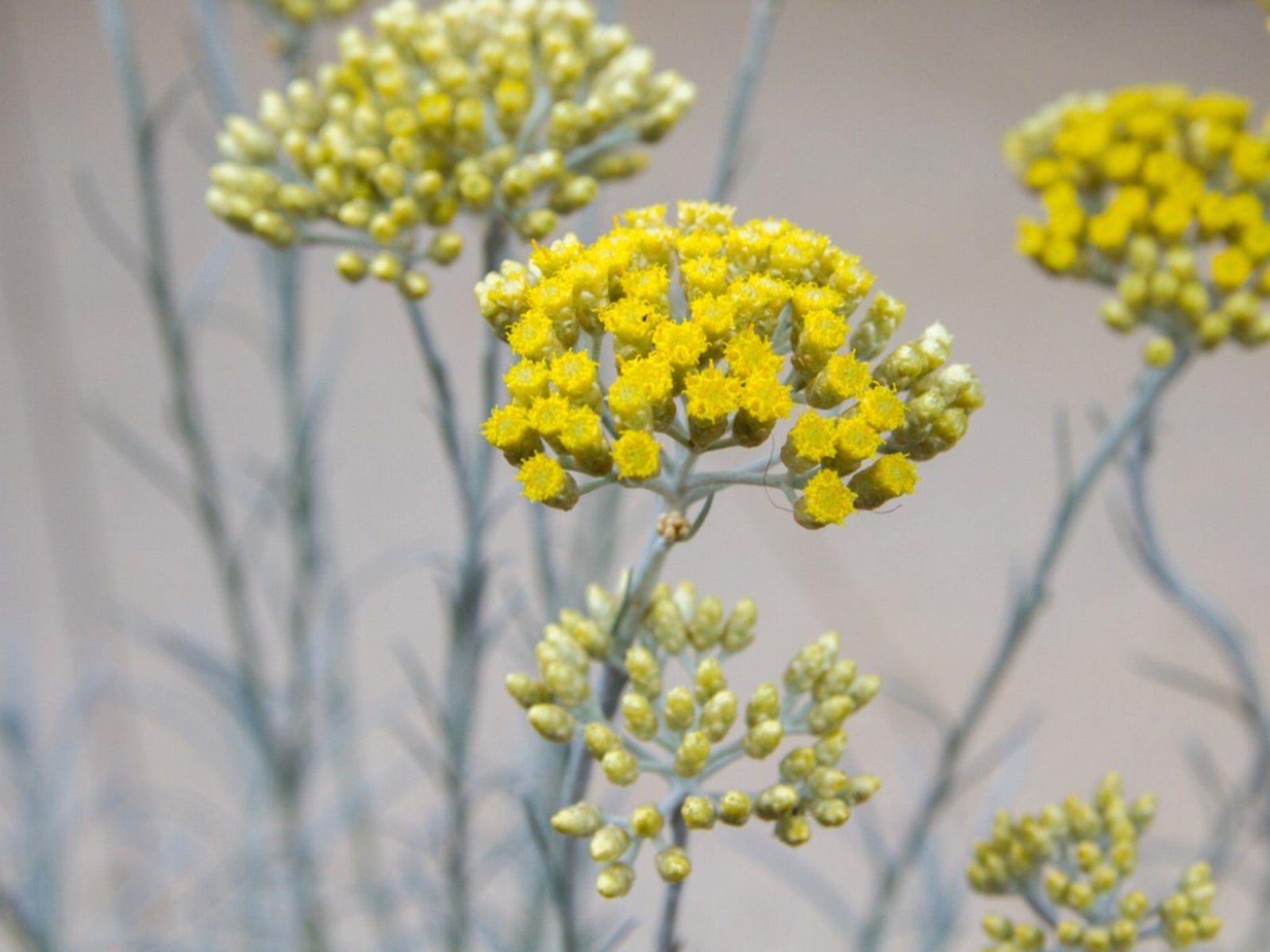Curry Plant Information: How To Grow Helichrysum Curry Plants


What is Helichrysum curry? This ornamental plant, a member of the Asteraceae family, is an attractive, mounding plant valued for its silvery foliage, warm fragrance, and bright yellow blooms. However, Helichrysum curry, commonly known as the curry plant, shouldn’t be confused with curry leaf, which is an entirely different plant. Read on for more curry plant information and learn the difference between curry leaf and curry plant.
Curry Leaf vs. Curry Plant
Although curry leaf (Murraya koenigii) is often known as curry plant and is frequently misidentified by unknowing garden centers or nurseries, it is actually a small tropical tree. The small leaflets are often used to flavor curries and other Indian or Asian dishes. Curry leaf plants, also known as curry tree, reach heights of up to about 30 feet (9 m.). They are difficult to grow, even in greenhouses; thus, they are extremely rare in the United States. Helichrysum curry plants (Helichrysum italicum), on the other hand, are mounding plants that reach heights of only about 2 feet (0.5 m.). Although the silvery-grey, needle-like leaves smell like curry, these curry plants are ornamental and not recommended for culinary purposes, as the flavor is very strong and bitter. However, the dried foliage makes beautiful wreaths and delightful potpourris.
Growing an Ornamental Curry Plant
Ornamental curry is a rather finicky plant suitable for growing only in mild climates of zone 8-11. The plant grows in full sun or partial shade but doesn’t tolerate full shade or cold temperatures. Most well-drained soils are suitable. Plant Helichrysum curry seeds indoors in early spring, or directly in the ground after you’re sure all danger of frost has passed. Seeds germinate best at temperatures of 63 to 74 F. (18-23 C.). You can also propagate ornamental curry plant by cuttings if you have access to a mature plant.
Helichrysum Curry Care
Curry plant prefers warm, dry conditions and doesn’t do well in soggy soil. However, an occasional drink of water is appreciated when the weather turns hot and dry. A thin layer of mulch controls weeds in spring and summer, and a slightly thicker layer protects the roots during winter. Prune Helichrysum curry plants in spring to keep the plants tidy and promote healthy new growth.
Gardening tips, videos, info and more delivered right to your inbox!
Sign up for the Gardening Know How newsletter today and receive a free copy of our e-book "How to Grow Delicious Tomatoes".

A Credentialed Garden Writer, Mary H. Dyer was with Gardening Know How in the very beginning, publishing articles as early as 2007.
-
 Try The Trend – Turn Any Bed Into A Keyhole Garden With This Clever In-Ground Composter
Try The Trend – Turn Any Bed Into A Keyhole Garden With This Clever In-Ground ComposterKeyhole gardening is an efficient and sustainable practice that saves space. Get started on this DIY project quickly and easily with an in-ground composter.
By Bonnie L. Grant
-
 4 Superfast Composting Methods: Turn Waste Into Garden Gold In 30 Days Or Less
4 Superfast Composting Methods: Turn Waste Into Garden Gold In 30 Days Or LessTry the fastest composting methods to turbocharge your pile and transform kitchen scraps and garden waste into finished compost in just a few weeks.
By Mary Ellen Ellis